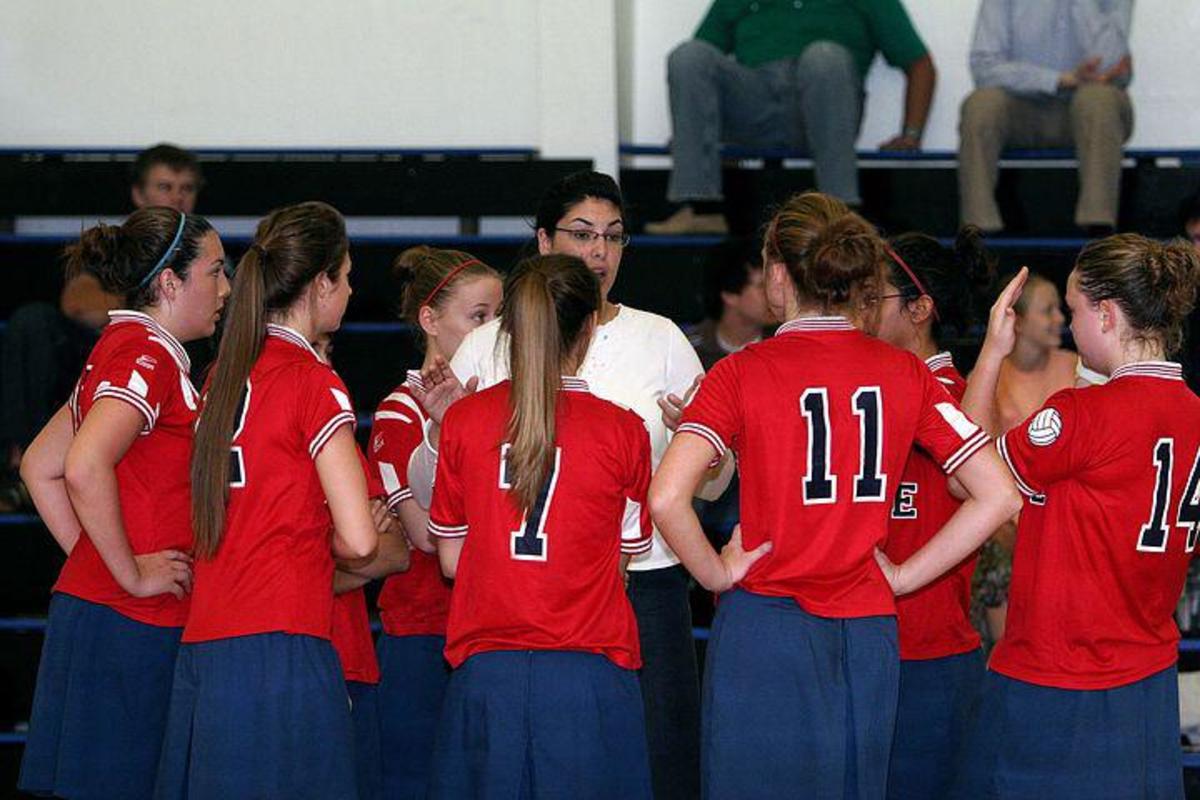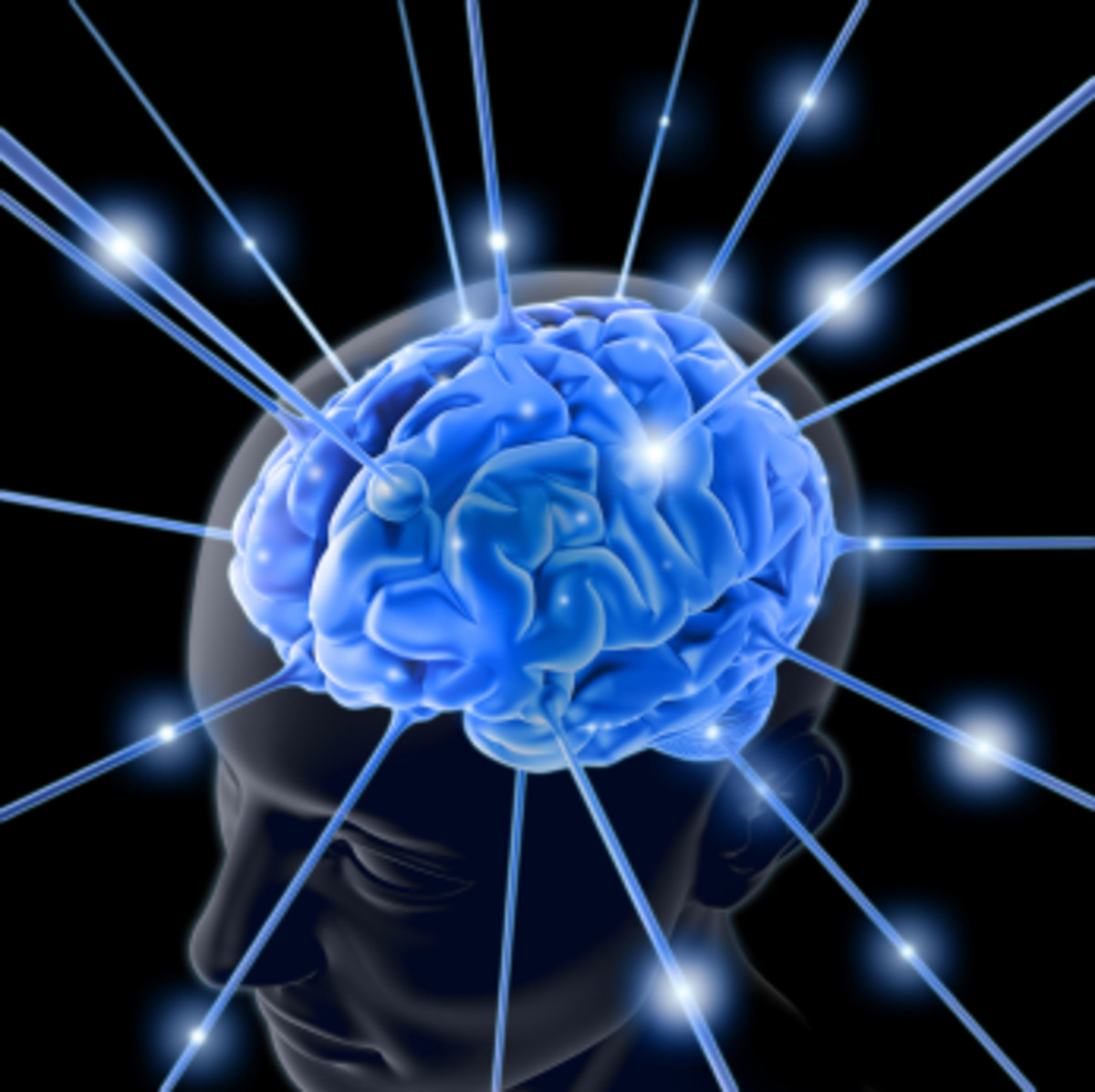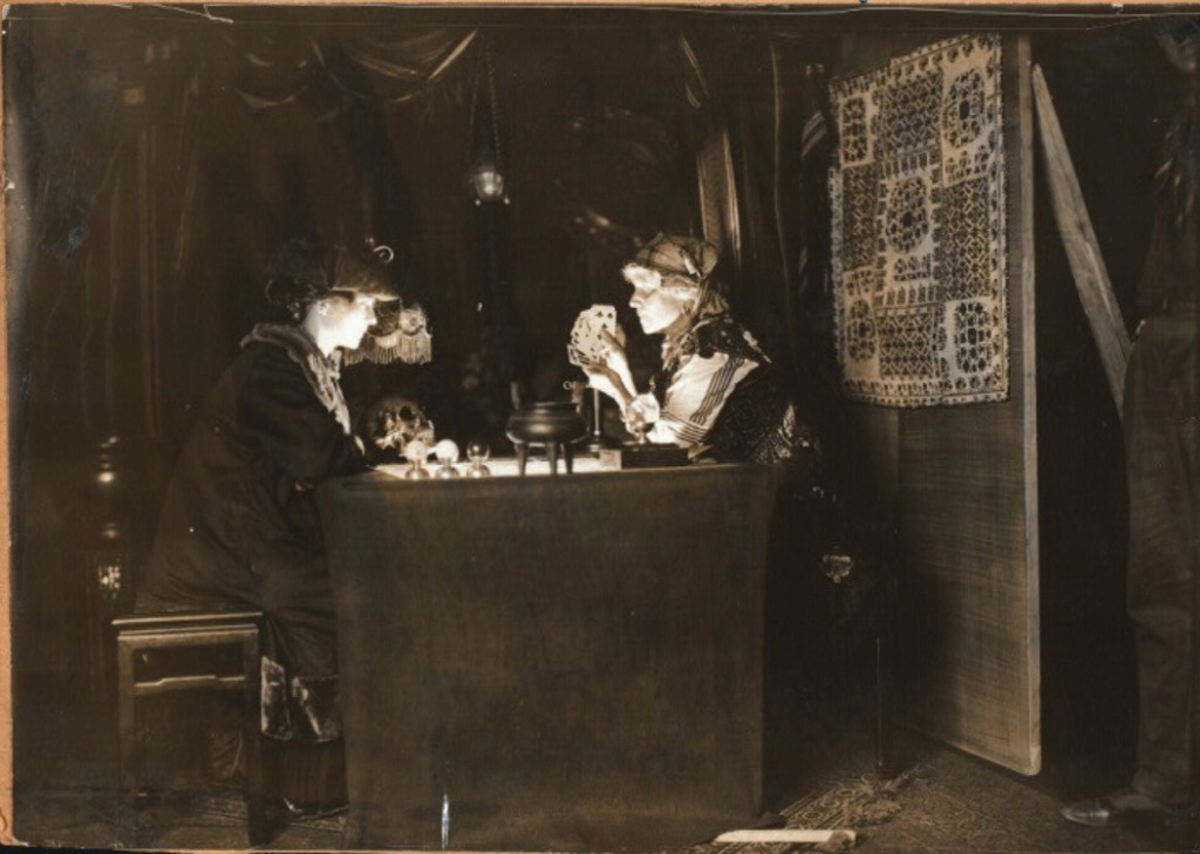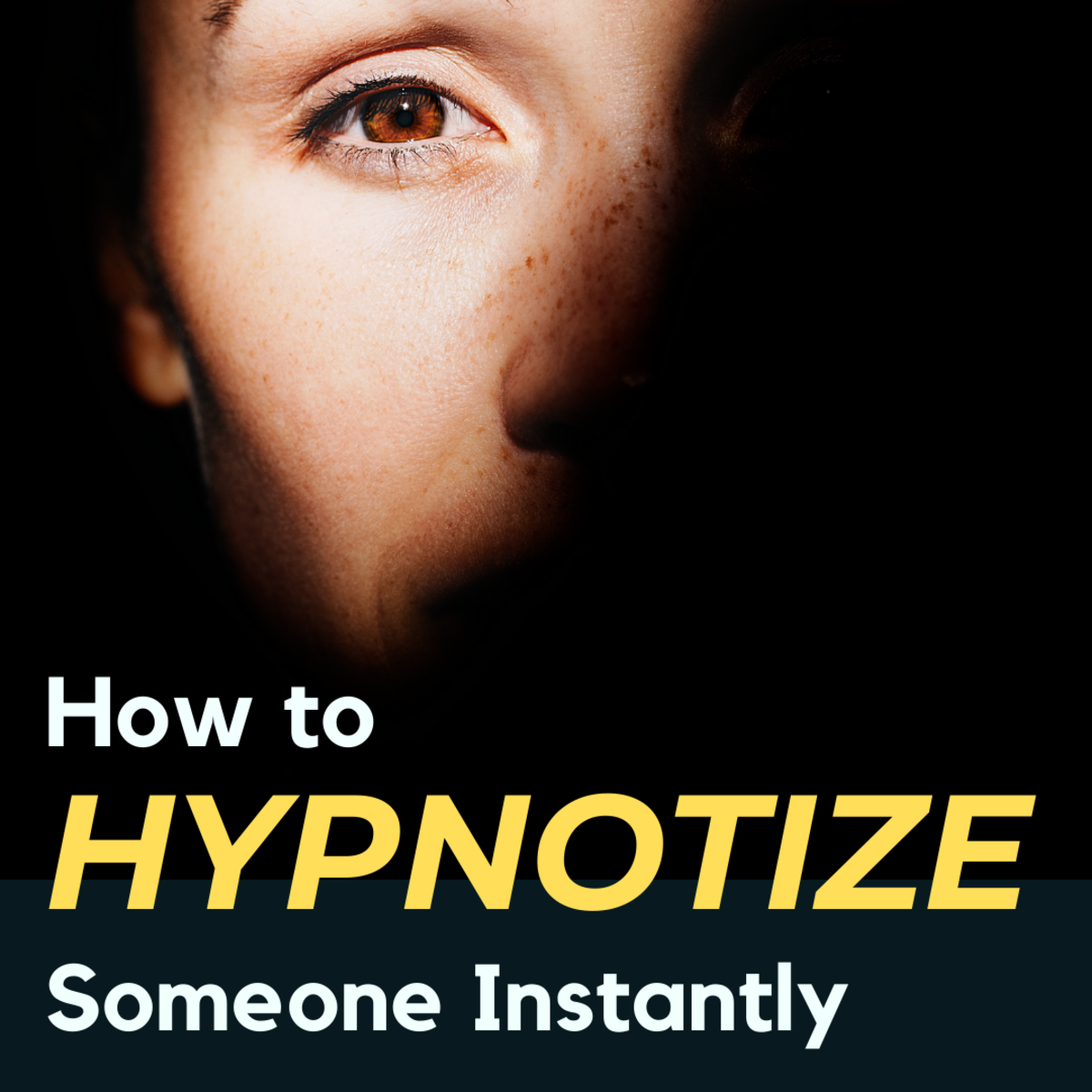Maslow's Hierarchy of Needs - Simple Psychology
Who was Maslow
Abraham Maslow was an American psychologist and the developer of the Maslow’s hierarchy of needs. Abraham was born on April 1 1908 in Brooklyn New York and was the oldest of seven children and was labeled as mentally unstable. His parents were poor and not very well educated and he had many problems with his parents especially his mother. Maslow also did not have many friends; his family were Jewish immigrants from Russia so he encountered many social issues from the children in the neighborhoods and in school. Times were tough for him; he suffered various issues with anti-Semitic groups that would harass him and his friends in the area.
Maslow spent many days in libraries studying and reading since there were issues at home and in the neighborhoods. He loved to read and learn new things, Maslow attended one the best all boys high schools in Brooklyn and he got involved in many academic clubs in New York.
Maslow several colleges over a period of a few years, but he had issues with poor grades and cost at the time. Then he attended the University of Wisconsin where he earned his masters degree in 1931 and his PhD in psychology in 1934. A year later he and his new wife Bertha (his first cousin) moved back to New York to work with E. L. Thorndike at Columbia where he became interested in research on human sexuality.
Over the course of many years after getting married and graduating from U.W. he continued on with his research in Psychology and the human brain. In 1967 he suffered a major heart attack which made him think that his time here on earth was limited. He continued to strive forward in psychology and the study of people with the character traits of self-actualizing.
In Menlo Park California on June 8, 1970 Maslow was taken off this earth by a severe heat attack while jogging he was 62 years old.
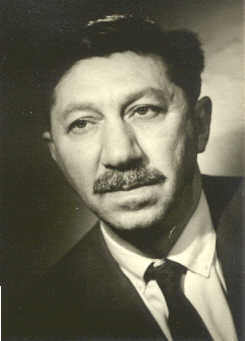
Abraham Maslow Quote
If you only have a hammer, you tend to see every problem as a nail.
Abraham Maslow
Maslow’s Hierarchy of Needs
Abraham Maslow stated that what motivates a person is to achieve certain needs. When he achieves that need or the need is fulfilled the person will seek out another need to fulfill, and so on.
Maslow came up with a hierarchy of these needs and it is broken down into five motivational needs. The five stages are then broken down into two categories which are basic needs and growth needs. The five stages of needs are portrayed in the shape of a pyramid. The bottom two levels represent the basic needs or the most fundamental levels of need for individuals. Maslow theory suggests that before a person can focus on moving to the higher level of need the basic level of needs must be met first.
Maslow's Hierarchy of Needs
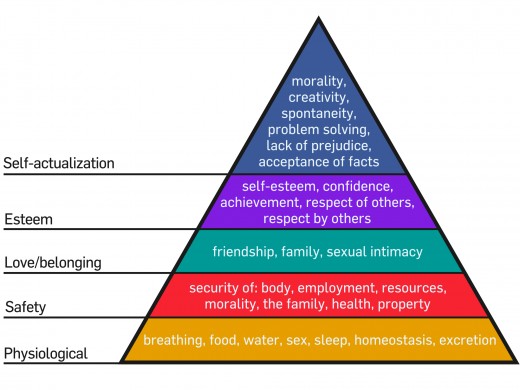
Physiological Needs
This need is the most basic of the physiological and biological needs for both humans and animals. These needs even though are the most basic they are thought to be the most important and should be met first. Some examples of these needs are air, water, food, clothing, warmth, sex (reproduction), and sleep. These are the simplest of needs and must be met before moving onto the next level of need.
One can choose to go back toward safety or forward toward growth. Growth must be chosen again and again; fear must be overcome again and again.”
— Abraham MaslowSafety and Security Needs
These needs are very important but they are not as demanding as the physiological needs. Some classic examples of these include the need for steady employment, good health care, safe shelter, financial security, safety against accidents or illness. These needs take precedence once the physical needs are met.
I have observed this many times while traveling to third world countries. Many people are squatters or homeless in these countries. They first take care of their immediate needs, such as finding food, drink and then they concentrate on finding a place to live. The type of shelter does not come close to what we know as a roof over our heads, many times it is a hole in the ground or some scrap wood or plastic thrown together to give them shelter.
The Love and Belonging Need
After the first two needs the physiological and safety are met or taken care of then one can focus on the next need which is the “Love and Belonging Need”. A person starts to feel a need for friend, wife, children, affection, and possibly a relationship with another person. If this need is somewhat not felt then one could become an introvert and may have social anxieties.
In today’s society these desires could be a need for a social companion, a spouse, being a member of a social group or religion. For people that are not accepted in a family or organization could find comfort in belonging to a gang where they do feel accepted.
The Esteem Need
The esteem need falls into two categories, the internal and the external esteem. After a person feels a sense of belonging the need to feel important takes over. Internal is related to self-esteem or self-confidence. Some of the other feelings a person may have would be competence in him or herself, independence, and achievement.
External esteem is when one is respected in social status, or one receives fame, glory, recognition, attention from others, appreciation for a job well done, or has dominance over something or someone.
A musician must make music, an artist must paint, a poet must write, if he is to be ultimately at peace with himself.
— Abraham Maslow



